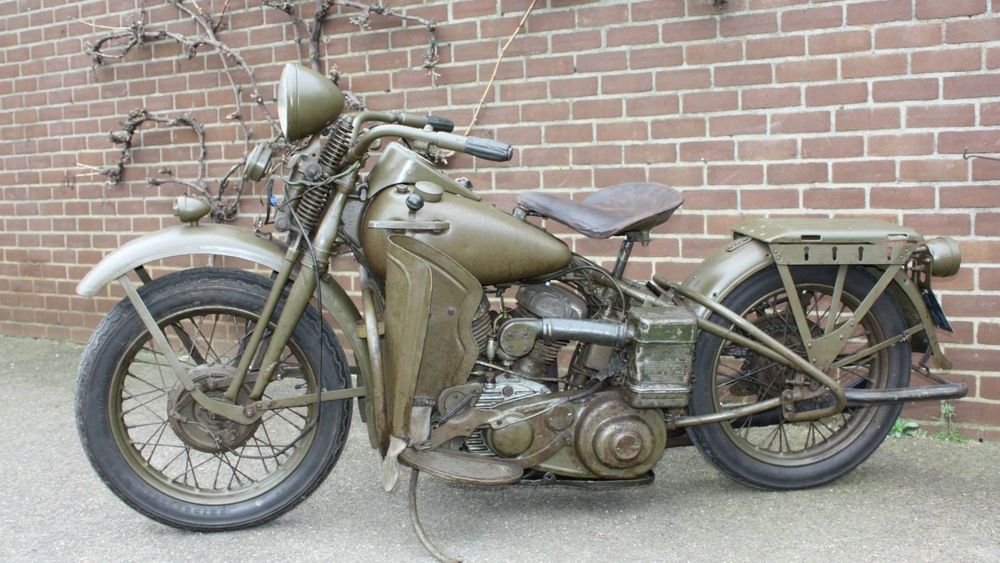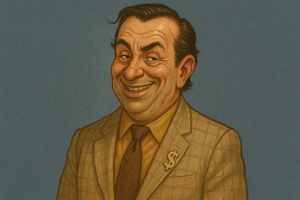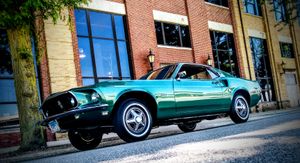Learn more about a fairly obscure topic…
Growing up, my teachers pretty much skipped over the Korean War, as if it were a conflict which really didn’t matter in the grand scheme of things. That is, of course, preposterous for several reasons I won’t get into here. Instead, the purpose of this article, which is appropriately publishing on the federally observed Independence Day, is to highlight the use of motorcycles on Korean battlefields. Just like the war in my classes, this is a topic often skipped over when discussing the history of military motorcycles, so I want to shed some light on the subject as a way to honor the brave men who fought and the many who died to secure freedom for the people of the South Korea.
With plenty of harsh, rugged terrain, the Korean Peninsula isn’t an ideal battleground for most. The unique maneuverability of motorcycles made them ideal for a number of key tasks, including reconnaissance and running messages. However, the influence of motorcycles in the war dropped drastically versus their role in WWII – a topic I cover later.
Harley-Davidson made a huge contribution to the US Army during WWII, churning out over 90,000 WLAs, which were called The Liberator by troops. Like the jeep, these bikes have been considered “the motorcycle that won the War” as they were instrumental both in the European and Pacific Theaters. However, just like the toll on human during WWII, many of these two-wheeled heroes were also ruined, never to be ridden again. With drained military resources as the US government turned its attention to peacekeeping in Europe and domestic issues after the fall of the Third Reich and Imperial Japan, it became necessary for the Army to use what it already had on hand when President Truman pushed for the UN to become involved in the exploding Korean conflict.
One problem was many Harley-Davidson WLAs were sent to the UK and Soviet Union for the Lend-Lease program. This meant the high stock churned out during WWII was further depleted, making a new production run necessary.

The US Army decided to deploy what was left of these legendary Harleys, making them by far the most popular bike used by troops once again.
Meanwhile, production of the WLA started in 1949 and lasted into 1952. Not all the bikes were used up during the war, so the military sold off many as government surplus, as well as the spare parts. These were scooped up and often chopped by veterans, a movement many credit for the birth of the outlaw-oriented motorcycle culture in America.
It can be difficult to tell which Harleys were used in both WWII and the Korean War, versus those which ended up in civilian hands before the conflict in Korea broke out, but differentiating between those bikes and the newer models built exclusively for the later war is simple. WLAs used in WWII which were manufactured after Pearl Harbor all bear a “42” at the beginning of their serial number, those used in Korea carry the year of their manufacture, such as “49.”
While the WLA was based on the R series, they were unique in many ways. Most notably, the military motorcycles featured special black-out lighting for riding covertly at night, leg shields, a skidplate, and an ammunition box. Since these were designed for serious trailblazing in the Korean backcountry, the forks were 2.5 inches longer for improved ground clearance. While several different fender designs were used, all were wider and featured greater clearance space to allow mud to be ejected instead of accumulating. Harley also included a more robust toolkit than what was sold with civilian motorcycles since field repairs could be a matter of life or death. Firearm scabbards weren’t installed in the factory, but they are an obvious feature not found on most civilian bikes.
Canadian forces received their own motorcycle made by Harley-Davidson, the WLC. It had a slightly different factory specification, but for the most part was the same bike. Like the WLA, the WLC was carried over into service for the Korean War.
Many other motorcycles which had been prominent in WWII faded into obscurity during the Korean War. In part, that was due to the proficient capabilities of jeeps, which were instrumental in traversing the notoriously rugged Korean Peninsula. Also, the use of helicopters in warfare soared in Korea, offering more transportation solutions in difficult terrain. In other words, while Harley-Davidson boasted the only significant 2-wheeled contribution to the war effort, modern innovations were changing how we as a nation fought.





